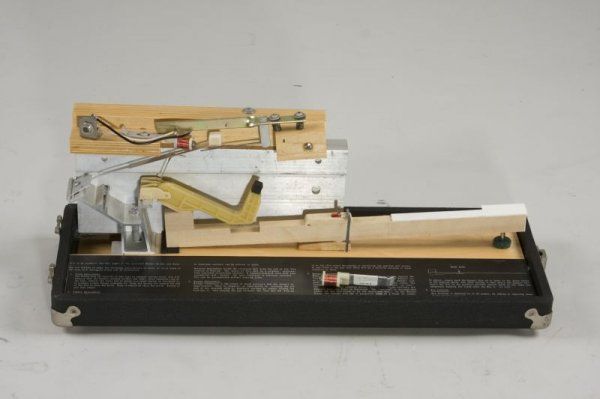Topic: Piano and digital piano action, mechanisms again...
I would like to see images of the digital piano actions with scapment working. Like the action models, cut away, but a video of they working, or slow motion.
I once found one from a Kawai wood keys action, working and showinf the new scapement they added to it. But I lost the link... :-(
I never saw a diagram or video about the Roland scapment.
Have you noticed that the Rhodes action looks similar to Kawai action?
Rhodes: 
Rhodes diagram: 
Kawai: 
Is the key response, feeling, better in the rhodes or in the Kawai action?